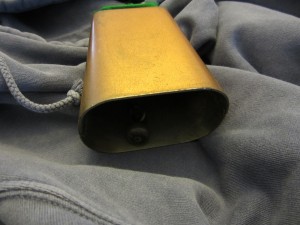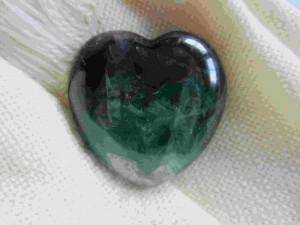
This past summer I met a woman who teaches comedy improv, and our conversation piqued my curiosity since I teach extemporaneous preaching, which is its own sort of improv. So I started doing a bit of research into improv, and what I discovered is that many of its principles — just as in the case of extemporaneous preaching — are the very same things that make for a spiritually aligned life.
The most important principle in improv is known as “Yes, And.” What it means is that when your improv partner does or says something during a scene, you accept what has been offered and then build on it with your own interesting response. By doing so you keep the action moving forward in an unexpected, creative and sometime hilarious direction.
One thing that kills improv is if one of the players takes a stance of “Yes, but” or simply “No,” refusing or ignoring what has been offered and instead forcing the scene to move in a direction based on his or her own desires which have nothing to do with what their partners have already created.
I see life as spiritual improv. It presents us with situations, sometimes quite unexpected, and it’s up to us what we do with them. If we let go of our resistance to what is and accept our situation, then we are able to respond imaginatively in a way that allows circumstances to evolve in an innovative direction.Continue Reading




